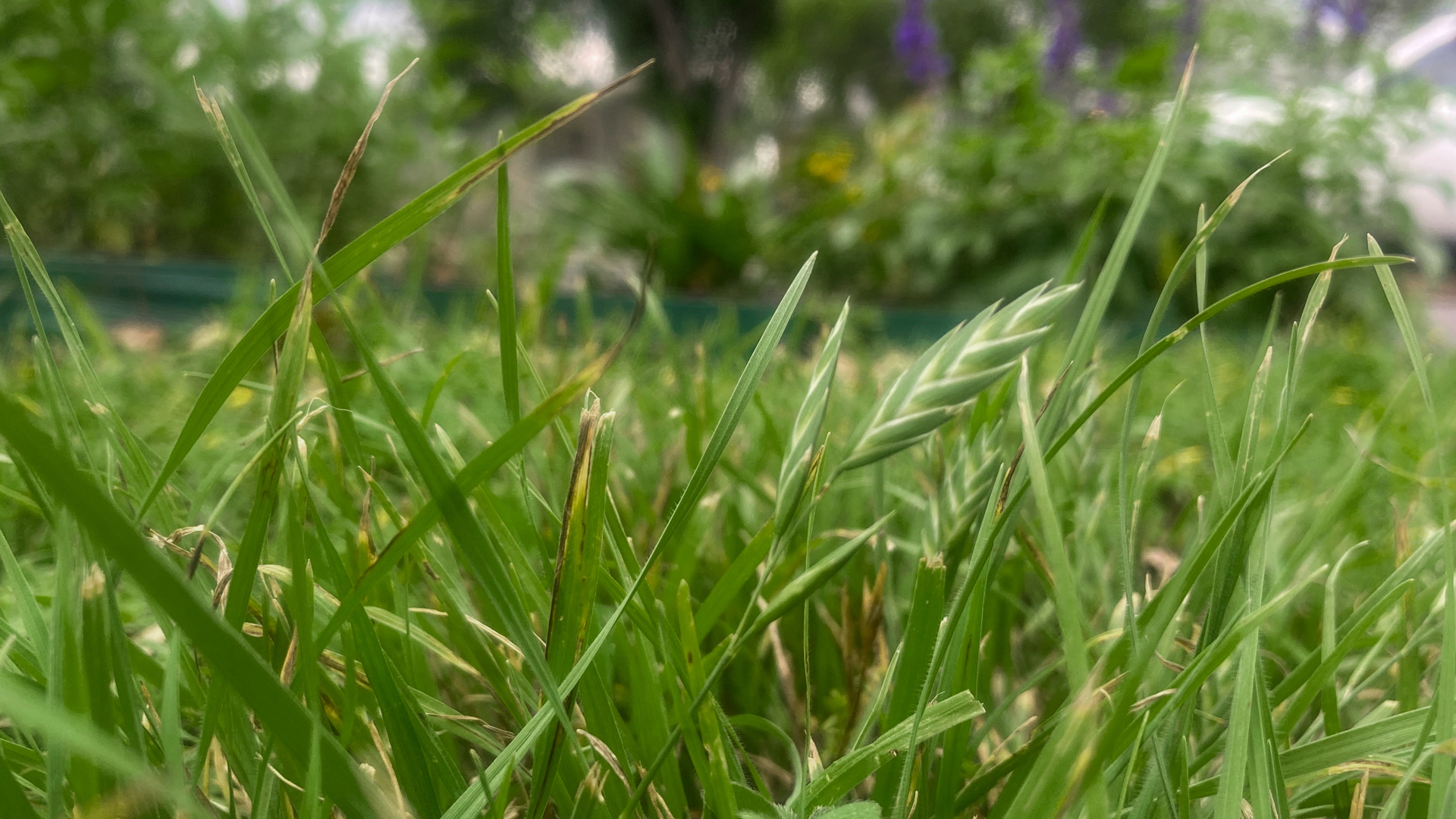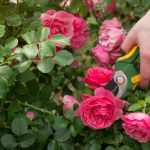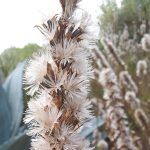One person’s winter weed is another’s wintergreen lawn.
Do you have a green lawn? It seems like a simple question, but the answer depends on when you’re asking.
Picture it: you’re a lawn-of-the-year award winner every summer, with scissors to your sidewalk snipping stray blades every other Sunday, your sod so tightly knit there’s no room for weeds. You dispense fertilizer, pre-emergent herbicide and pesticides on a strict schedule and keep your automatic irrigation shipshape.
But right now, it is winter after all. And, all last summer’s hard work is the color of straw, while your neighbor’s messy landscape is a verdant green. One yard is green during summer while it’s being heavily watered and the other is green during winter months because they do absolutely nothing. How can this be?
One person’s winter weed is another’s wintergreen lawn. Introducing cool season grasses like rescue grass (Bromus sp.) and annual bluegrass (Poa annua). These winter weeds are reliable, freeze-proof and free, and they can turn the messiest San Antonio mudscape into a “yard of the month” every winter with no care whatsoever.

Of course, once hot weather hits in April these short-lived wintergreen grasses will turn to seed and back to dust. Such is landscaping in Texas.
We invest so many resources just to trade a wintergreen lawn for a summer green lawn. Alas, it all comes at a high price. Not only is the amount of water used to irrigate summer lawns in San Antonio unsustainable, but the fertilizers, herbicides and pesticides are also harmful to humans, animals and the environment.
It’s also very expensive to install and maintain an automatic irrigation system — and let’s not forget the toll they take on the Edwards Aquifer and the high water bills they soak you with every month.
So, enjoy your green winter “weed lawn” while it’s here. An added bonus: It provides food for wildlife such as butterflies, birds and bees, since cool season weeds usually bring friends like cleavers (Galium perene), dandelions (Taraxacum sp.) and henbit (Lamium amplexicaule).




